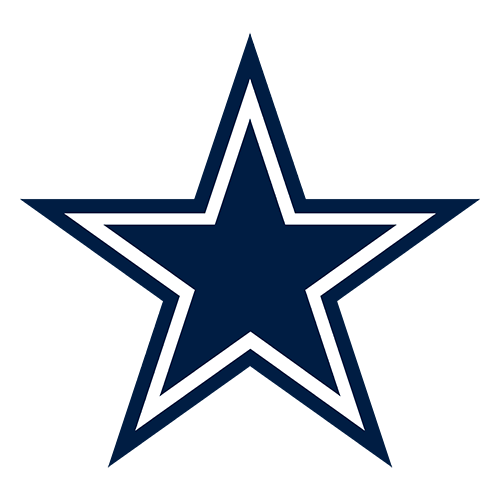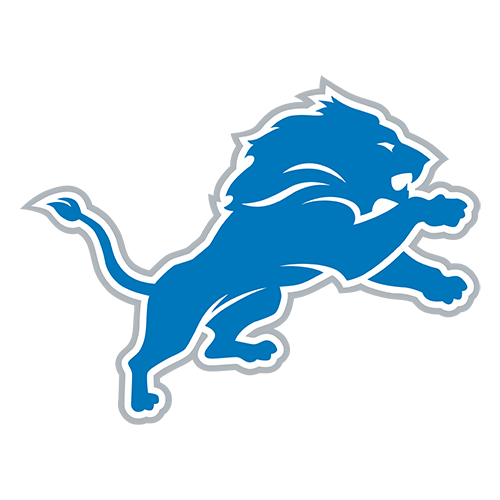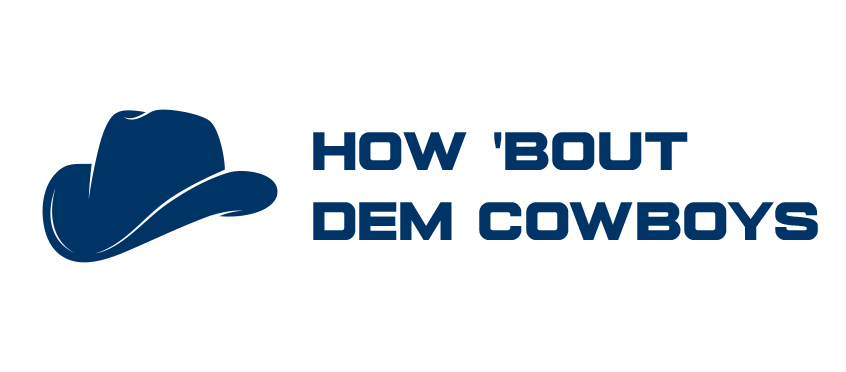The eagerly-awaited dogfight between the Cowboys and Browns never really happened, as Dallas got out to a healthy lead early and never really let the home team get back into it in the season opener. It’s admittedly nitpicky to find fault in a 16-point win over the AFC’s top-seeded wild-card team from a year ago, but a look beyond the basic box score shows a fair bit of “bad” and “ugly” to go along with all the “good” that the 33-17 victory contained.
Mike Zimmer’s defense certainly made a strong first impression, the special teams unit was exactly that, and neither CeeDee Lamb nor Dak Prescott did anything to make their new megacontracts look like errors in judgment by the front office. But one has to be concerned by a couple of old bugaboos that have haunted Mike McCarthy over his Cowboys tenure, and the afternoon’s most notable Cowboys injury could cause some second-guessing about what Plan B might look like.
Here’s a look at the good, the bad, and the ugly from the Cowboys’ visit Sunday to the shores of Lake Erie.
[affiliatewidget_smgtolocal]
Good: The debut of Mike Zimmer’s defense
If there were still any questions about how a revamped defense would look, Mike Zimmer’s crew wasted no time in giving their answer. Look at Cleveland’s first-half offensive stats: one first down, 0-for-6 on third down conversion attempts, 54 net total yards, no play longer than eight yards, just 10 minutes of possession. The Cowboys eased up some after the break but still sacked Deshaun Watson six times, picked him off twice, and limited him to a 51.1 passer rating on the day.
And while established stars like Micah Parsons, Trevon Diggs, and DeMarcus Lawrence all had very productive days, some of the new faces on the Dallas defense showed that the unit should be a force this season from front to back. Caelen Carson came dangerously close to logging two interceptions, DeMarvion Overshown flashed impressive speed and pressure skills, and Eric Kendricks recorded two sacks and a pick and led the team in tackles.
Bad: Play-clock snafu negates 66-yard field goal
Cowboys fans already knew Brandon Aubrey could connect from 66 yards; he did it just last month in the team’s second preseason game. His no-doubt bomb from that same length at the end of Sunday’s first half would have actually counted on his permanent record (and tied the NFL’s all-time mark)… except for the play clock that had expired just before the snap.
Even more maddening was the fact that Cowboys head coach Mike McCarthy was sitting on two timeouts. With just three seconds to play, there was no reason to save them. McCarthy appeared to argue after the fact that there had been a mishap with the play clock resetting too early, but someone on the coaching staff should have called attention to the issue well before the time ever hit double-zero. After getting backed up five yards, McCarthy elected not to give Aubrey the chance at a 71-yarder, even though all indications have shown that to be a very makeable distance for the second-year Pro Bowler. Clock management issues have haunted McCarthy in the past. While it thankfully didn’t hurt the team in Week 1, it did cost Aubrey a share of an NFL record and didn’t do anything to reassure fans that a clock snafu won’t rear its ugly head again sometime in 2024.
Ugly: Are penalties back?
Week 1 is sure to bring a lot of laundry, as players and officials alike look to knock off the offseason rust and settle back into game-speed action that often skews to the sloppy side. But the Cowboys have been among the most-penalized teams in the league for the past several years, and despite it supposedly being an ever-present focus for McCarthy, the team picked up right where they left off on Sunday, drawing 11 flags and losing 85 yards as a result.
The markers starting flying right out of the gates, too, with wide receiver Jalen Tolbert getting dinged for offensive holding on the very first snap of the season and effectively ruining the Cowboys’ opening possession. The penalties were split pretty evenly among the team’s units- four by the offense, three by the defense, four by special teams- but it would behoove the entire team to work on their discipline before the truly elite opponents start showing up.
Good: Special teams could be special again
KaVontae Turpin is a legitimate threat every time he touches the ball. Unfortunately, that has resulted in most teams making sure he doesn’t get near the ball whenever possible on kick and punt returns. But the Pro Bowl speedster made the most of his first opportunity of Sunday’s second half, finally bringing one all the way back in a game that counts. Turpin’s 60-yard punt return was the longest so far of his short career, but it was also the Cowboys’ first punt return housecall since 2017.
Turpin’s five punt returns in Week 1 averaged 19.2 yards, and his lone kick return was for 34 yards. The league’s new dynamic kickoff should give him more chances overall in 2024. He’s already started capitalizing on them.
Bad: Ferguson’s early exit exposes TE depth
The starting tight end had logged three catches on five targets and gained 15 yards before an awkward tackle had him grabbing at his knee and limping gingerly off the field. While early indications are that he may have dodged a major injury, his exit midway through the third quarter turned a spotlight on the team’s depth at the important position, and the outlook isn’t great. (Remember that Peyton Hendershot was released at the end of camp and is now on the Chiefs roster.)
Backup Luke Schoonmaker would represent a significant dropoff in the passing game. Behind him are undrafted rookie Brevyn Spann-Ford and second-year man John Stephens Jr., who was inactive Sunday and has yet to appear in a regular-season game. The practice squad’s Princeton Fant played only sparingly last season. If Ferguson misses any time at all, someone from that inexperienced group (and maybe several of them) will have to step up in a big way.
Ugly: Offensive stalls cause some concern
Overall, the Cowboys notched a dominant win. But a closer look at the numbers shows that of the offense’s 12 drives that didn’t end a half of play, five of them saw Prescott & Co. go three-and-out. A sixth saw them take possession just outside the red zone, manage three straight plays that netted a grand total of one yard and end up settling for a field goal.
Perhaps most disheartening was the team’s first series after halftime. Thanks to Turpin’s electrifying punt return, the Cowboys offense didn’t take the field for a second-half drive until there was 8:42 left in the third quarter. Coupled with the intermission, the offense had had quite an extended rest. Maybe too much. When they finally came out after Cleveland’s first touchdown of the day, Dallas held the ball for less than a minute and traveled just three yards. The Browns defense is stout, to be sure, but the Cowboys offense turned in only two drives all day that gained more than 35 yards. That simply must improve.


































